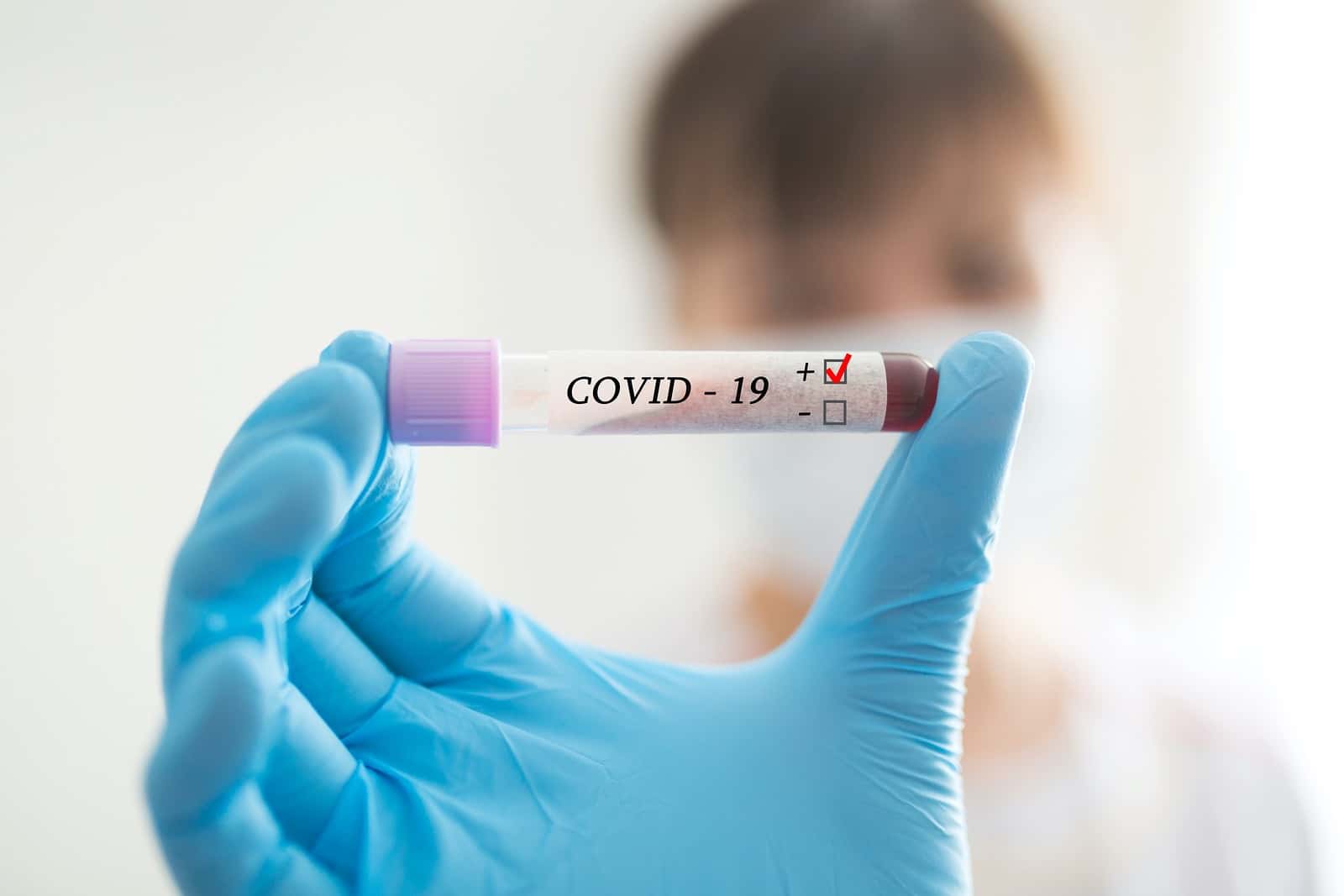
Antibodies reveal who has been infected with the SARS-CoV-2 virus. According to the latest research, the vast majority of US residents remain vulnerable to COVID-19, the disease caused by SARS-2.
What Does the Study Tell Us About How Many May Be Vulnerable to COVID-19?
Between March and mid-May, researchers tested blood samples in ten different regions to see how many people showed antibodies to the coronavirus spike protein (JAMA Internal Medicine, online July 21, 2020). Technicians drew most of these samples for other purposes, such as testing cholesterol levels. Then the researchers got permission to use them for coronavirus antibody testing as well.
These blood tests of more than 16,000 people demonstrated that the vast majority of Americans had not been exposed to the virus at that point. As a result, they were still vulnerable to COVID-19. For example, about 1% of the samples from the San Francisco Bay area had antibodies, compared to nearly 7% of those from metropolitan New York.
How Do People With Antibodies Compare to Known COVID-19 Cases?
The scientists note that although the prevalence of antibodies was low, it was higher than the number of confirmed cases. This suggests that troubles with testing led to underreporting. In places, the prevalence of antibodies was ten times higher than the prevalence of reported cases. New York City, San Francisco and western Washington state all fit that description. In other areas, the antibody prevalence was just six times higher than previously counted cases. At the extreme, in Missouri, antibodies indicated 24 times more people had been infected with the virus.
We don’t yet know if antibodies to the virus confer protection from a second infection. Consequently, even those who have recovered from the disease might still be vulnerable to COVID-19. Until we have effective vaccines, we all need to keep washing our hands and wearing our masks. Staying six feet or more apart is also critical, but the most important thing–if you feel sick, stay home!
Citations
- Havers FP et al, "Seroprevalence of antibodies to SARS-CoV-2 in 10 sites in the United States, March 23-May 12, 2020." JAMA Internal Medicine, online July 21, 2020. doi:10.1001/jamainternmed.2020.4130

